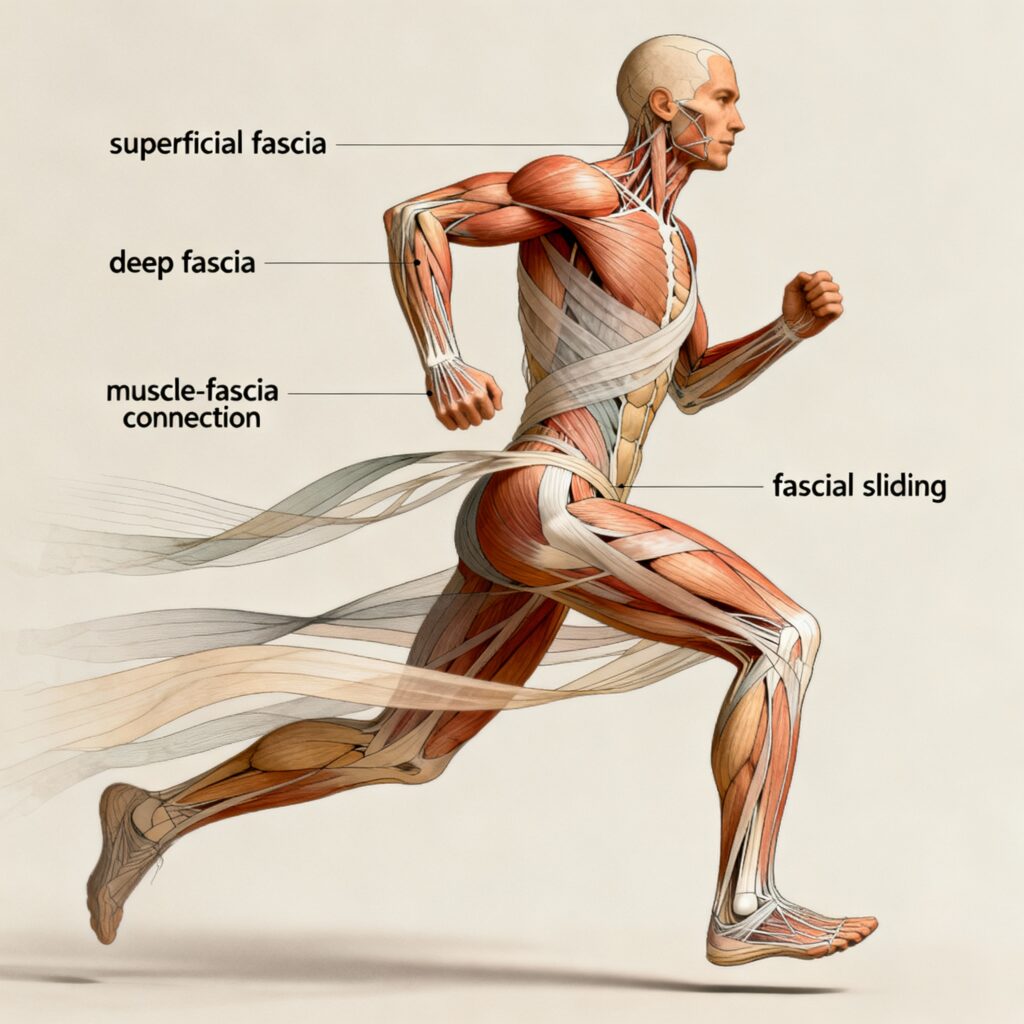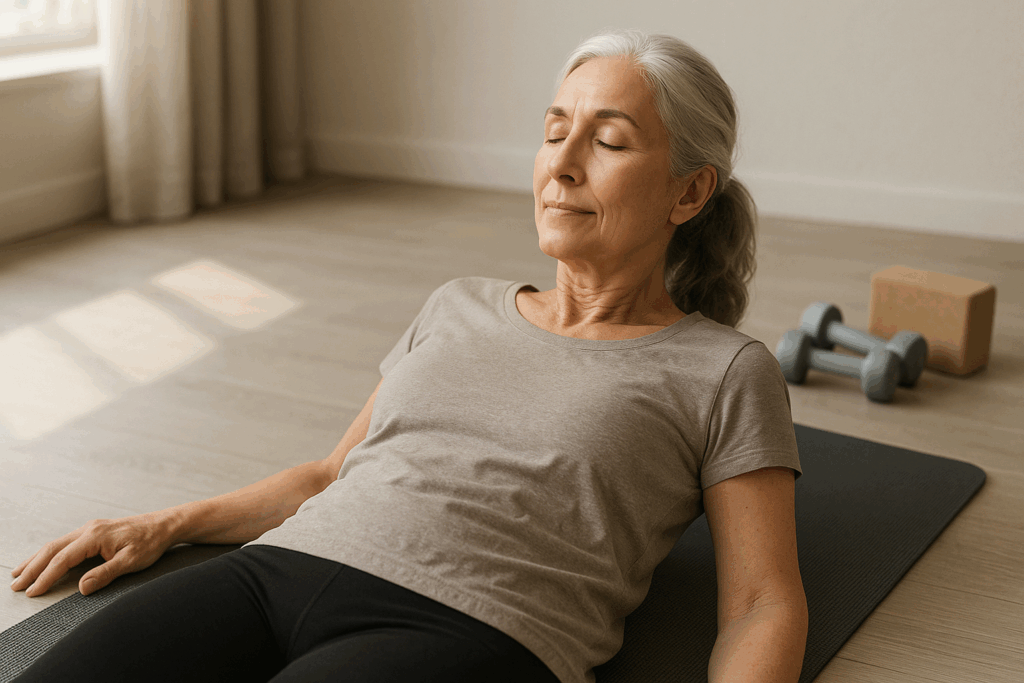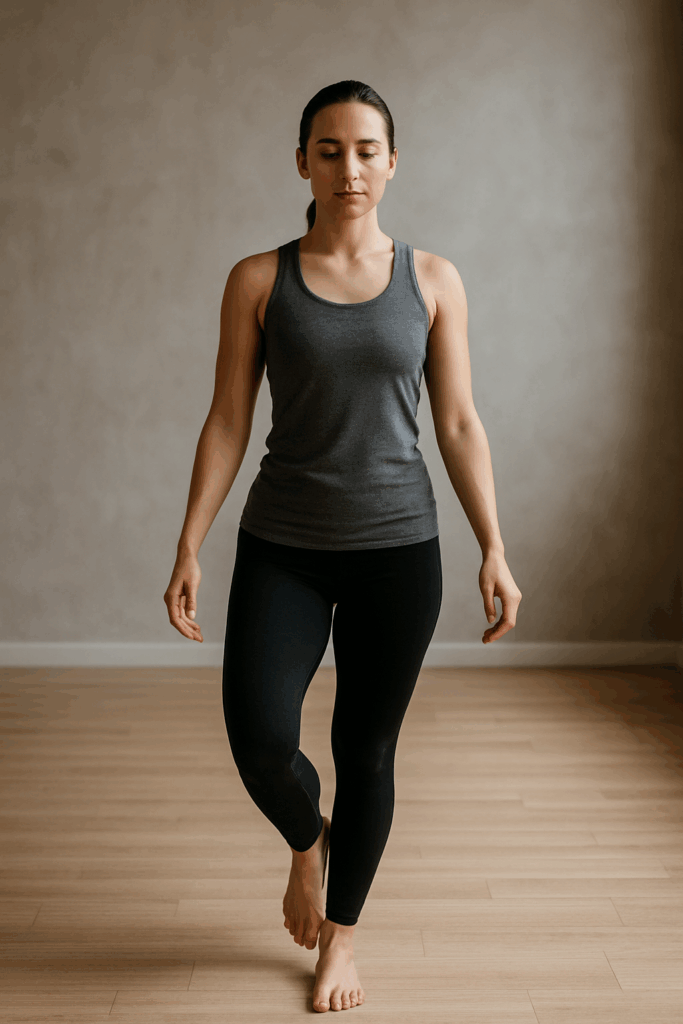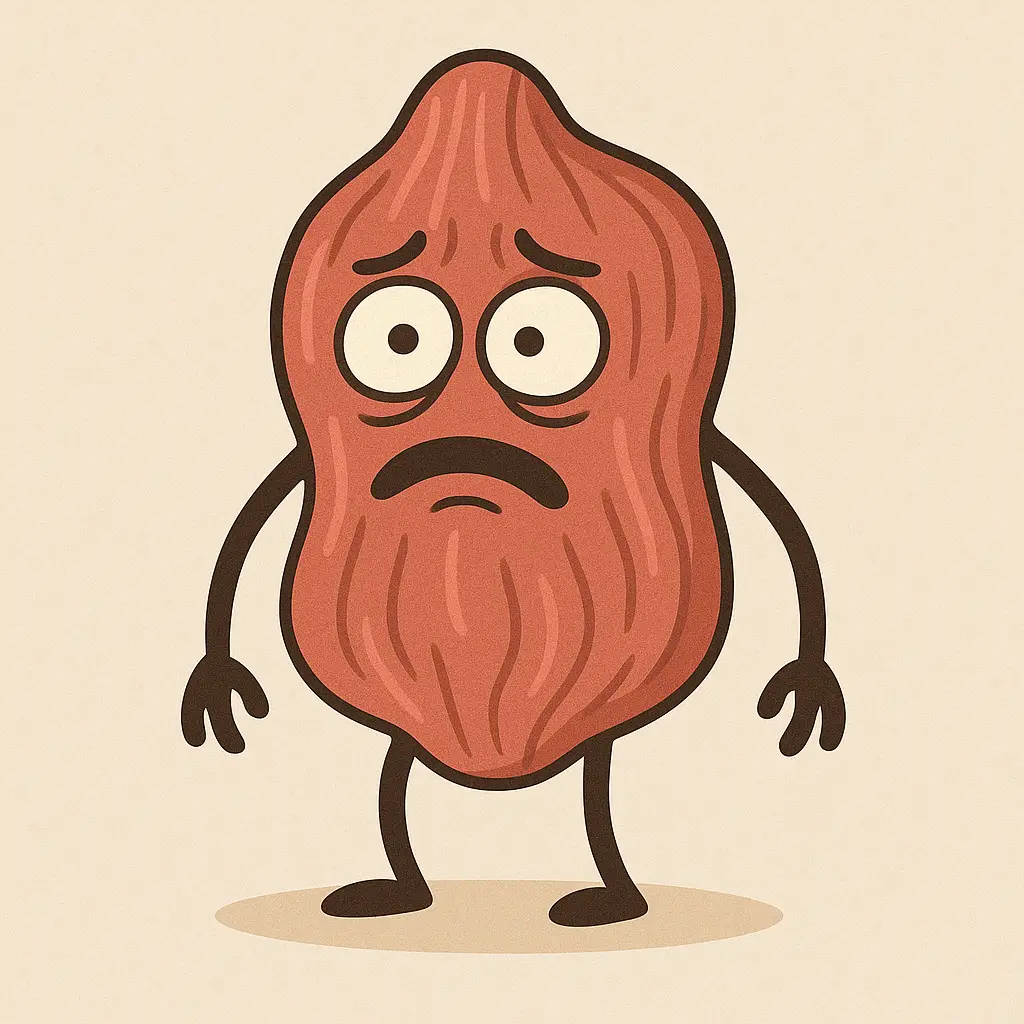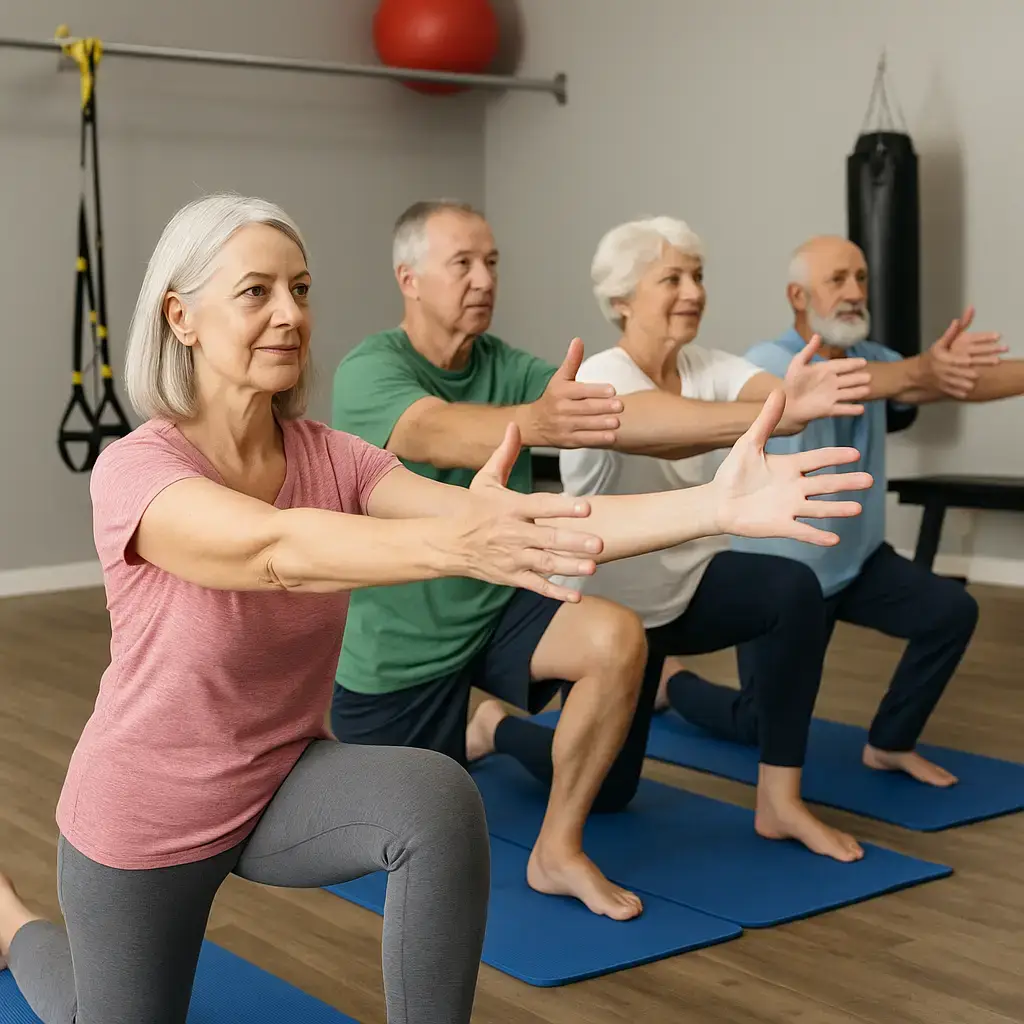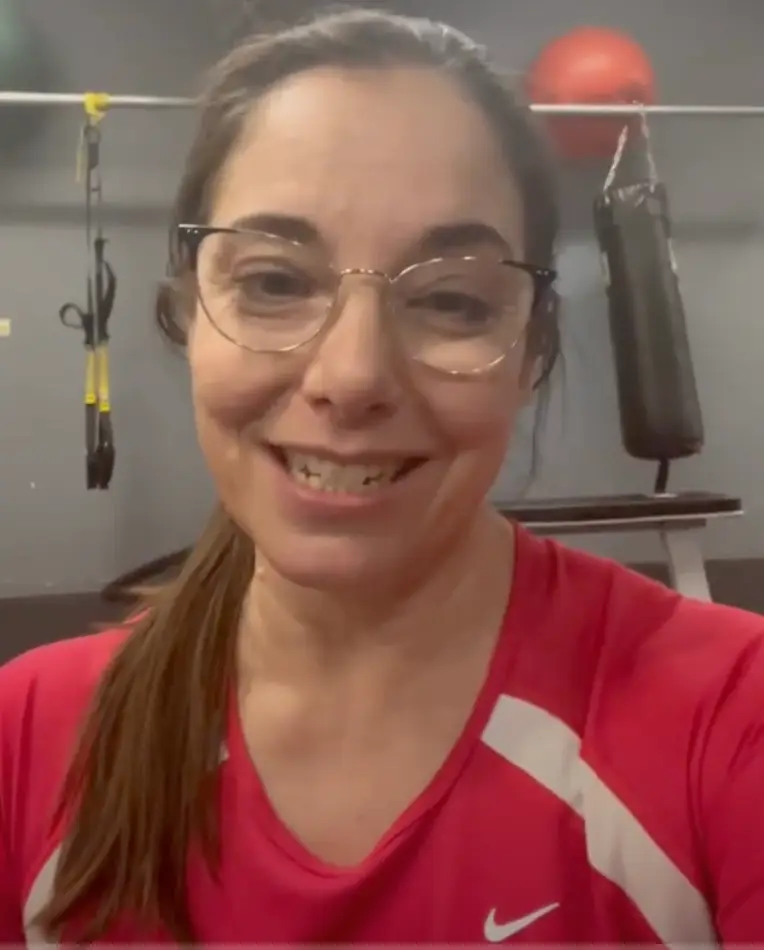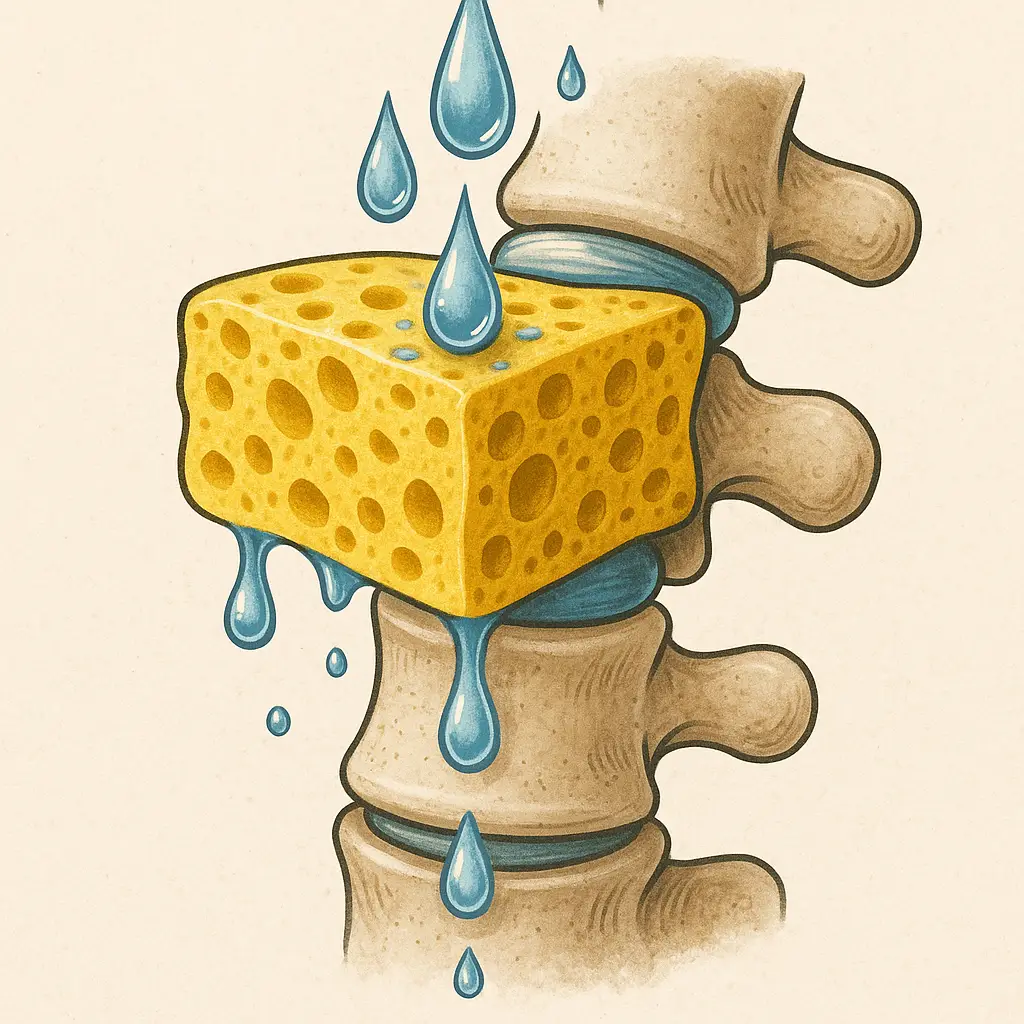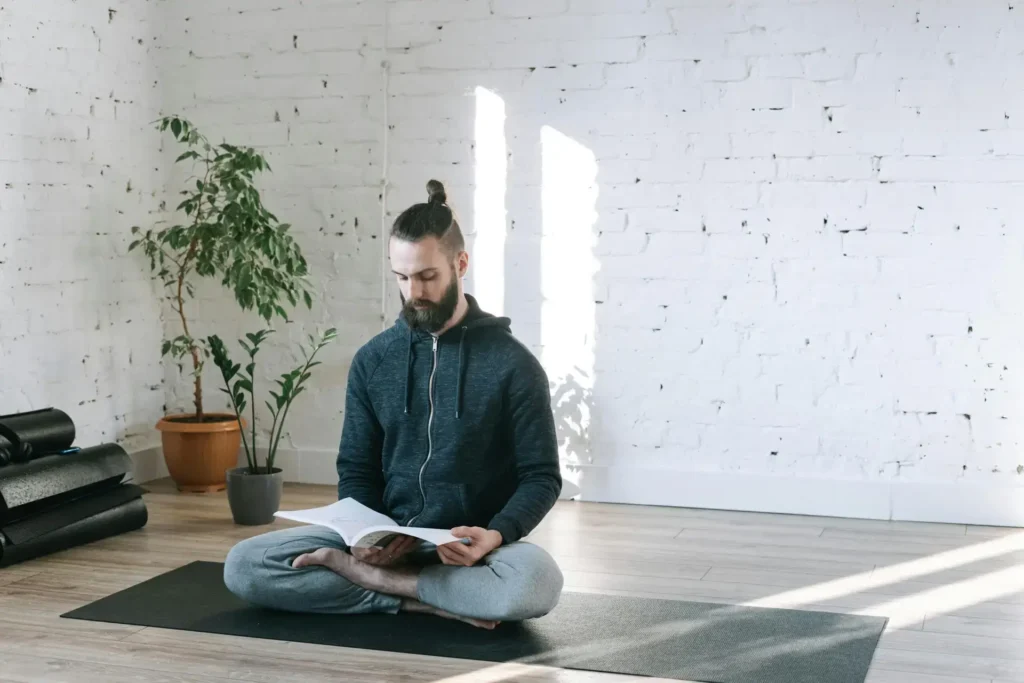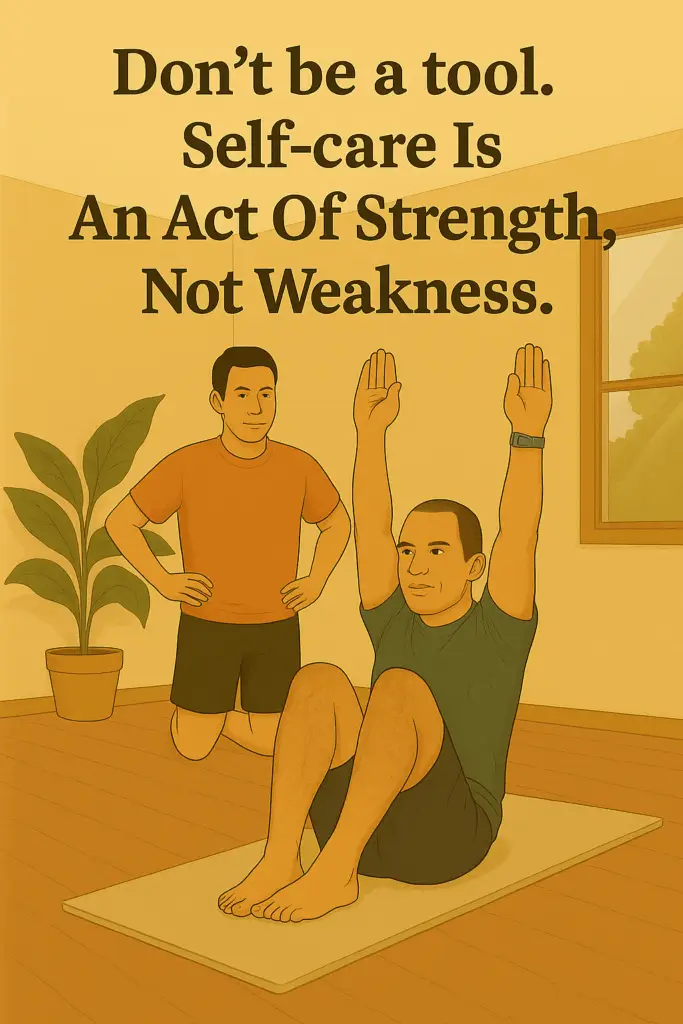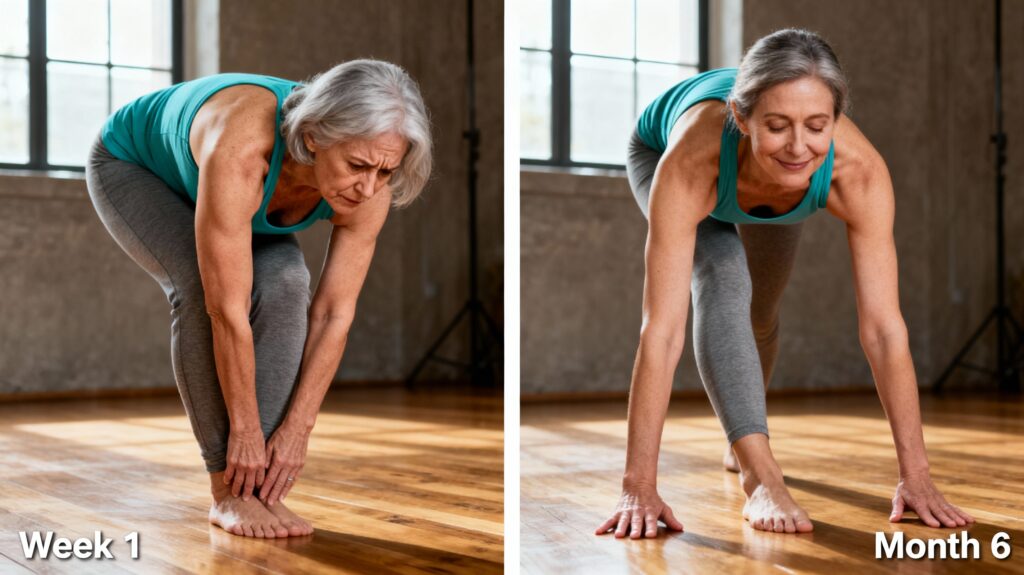
Quick fixes fail. Every single time.
Quick fixes will only lead to frustration or hurt quickly.
“Six weeks to a pain-free back.”
“Transform your body in 30 days.”
“Three exercises to fix your shoulder.”
These promises are everywhere. And they’re physiologically impossible.
If only your fascia could read marketing copy, it might actually remodel that fast.
Coach’s Corner
Marja came to me after breaking three vertebrae. Doctors said she’d never garden again—her favorite activity.
She didn’t accept that.
But she also didn’t expect miracles. She understood that rebuilding a body after that kind of trauma takes time.
Years later? She’s pain-free, gardening regularly, and moving better than she did before the injury.
Watch her full video interview to see what real progression looks like.
The Quick-Fix Culture Problem
We live in a culture that sells speed. Six-week programs. 30-day challenges. Weekend workshops that promise to “reset” your body.
And I get it. You’re in pain. You want relief. You want it now.
But here’s the truth most practitioners won’t tell you: your body doesn’t work on a marketing timeline.
Tissue adaptation is a biological process. It has a pace. You can’t hack it, shortcut it, or Instagram it into happening faster.
You can only respect it or ignore it.
And when you ignore it by chasing quick fixes, you get temporary relief followed by the same problem—or a new one.
Why Tissue Takes Time
Let’s talk about what actually happens when your body adapts.
Acute pain relief: Can happen quickly (days to weeks) with the right intervention. This is inflammation decreasing, nervous system calming, immediate restrictions releasing.
Movement pattern changes: 4-8 weeks of consistent practice. This is your brain learning new motor patterns, your nervous system rewiring compensation habits.
Tissue remodeling: 3-6 months of progressive loading. This is fascia reorganizing its collagen structure, muscles adapting to new demands, joints stabilizing differently. Research shows that skeletal muscle ECM turns over approximately 0.5-2% of its collagen per day—meaning complete remodeling takes months, not weeks.
Structural integration: 6-12+ months of sustained work. This is your entire system learning to function differently—not just one area, but how everything connects. This is what holistic exercise and fitness programs are designed to address—the whole system, not just isolated parts.
Quick fixes might give you the first one. Temporary relief.
But they skip the rest. And that’s why the problem returns.
The Difference Between Relief and Change
Relief is what you feel when inflammation goes down or a muscle releases.
Change is what happens when your body learns a new pattern and maintains it.
Most programs sell relief and call it change.
You feel better for a few weeks. The pain comes back. You need another program. The cycle repeats.
This isn’t healing. It’s symptom management.
And there’s nothing wrong with symptom management—sometimes you need relief to function. But if you stop there, you’re not building anything that lasts.
Real change requires progression. And progression takes time.
What Progression Actually Looks Like
Ashley came in limping with plantar fasciitis. Within weeks, she was pain-free.
That sounds like a quick fix. But here’s what actually happened:
Week 1: Myofascial release and manual therapy addressed the immediate restriction. Pain dropped significantly. This was relief.
Weeks 2-4: Exercises that progressively loaded her foot, ankle, and lower leg. Her nervous system learned it was safe to move again. This was pattern change.
Weeks 4-8: Continued loading and integration work. Her fascia began remodeling. The change started becoming structural.
Months 2-3: Maintenance and refinement. The new pattern became default. This was lasting change.
If she’d stopped at week 1 when the pain went away, it would have come back. The relief was real, but the change wasn’t complete yet.
That’s the difference between a quick fix and progression.
The Compound Effect
Small, consistent improvements stack.
A 1% gain repeated over months becomes transformational.
This is how you:
- Eliminate pain that’s been around for years
- Restore mobility you thought was gone
- Build strength that transfers to real life
- Create resilience that prevents future injury
Not in 6 weeks. In 6 months. 12 months. A lifetime of practice.
And here’s what’s interesting: the people who understand this get better results faster than the people chasing speed.
Because they show up consistently. They trust the process. They don’t bail when week 3 isn’t Instagram-worthy.
Why Quick Fixes Always Fail
Quick fixes fail because they don’t address the system. They target symptoms.
Your shoulder hurts. They give you three shoulder exercises.
But your shoulder doesn’t hurt because it’s weak. It hurts because your thoracic spine is restricted, your scapula isn’t moving properly, and your fascia has been compensating for years.
Three shoulder exercises might make it feel better temporarily. But they don’t address why it started hurting in the first place.
So six weeks later, it’s back. Or your neck starts hurting. Or your elbow acts up.
This is how you end up chasing symptoms for years.
The system is still broken. You’re just moving the problem around.
The “Just Tell Me What to Do” Problem
Most people want a prescription. “Just tell me what exercises to do.”
I understand. You’re busy. You want efficiency.
But here’s the issue: your body isn’t static. What you need today might not be what you need next week.
If you’re only following instructions without understanding why, you can’t adapt when things change.
This is why so many people do PT, feel better, then stop—and six months later, they’re back where they started.
They got exercises. They didn’t get education.
They got relief. They didn’t get ownership.
What Real Progression Requires
1. Time
There’s no way around this. Tissue remodels at its own pace. You can optimize it, but you can’t force it.
2. Consistency
Showing up matters more than intensity. Three focused sessions a week beats one heroic effort followed by two weeks off.
3. Progression
You can’t do the same thing forever and expect different results. Load has to increase. Complexity has to advance. Your body has to be asked to adapt.
4. Awareness
You need to learn what your body is telling you. What’s protective pain vs. adaptive discomfort. When to push and when to back off.
5. Patience
Not the passive kind. Active patience. Trusting the process while staying engaged with it.
This isn’t sexy. It doesn’t fit on an Instagram post. But it works.
And it lasts.
The Three-Month Reality Check
I tell new clients: give me three months of consistent work before you decide if this is working.
Not because nothing happens before that. Often, relief comes quickly.
But real change—the kind that lasts—takes about three months to start showing up structurally.
After three months of consistent fascia-focused training:
- Movement patterns have started to shift
- Compensation habits are beginning to release
- Tissue is remodeling
- Your nervous system trusts the new patterns
This is when people say: “I move differently now. I feel different in my body.”
Not after six weeks. After three months.
And if you want that change to be permanent? Keep going for another three. And another three after that.
Why This Approach Isn’t Popular
It’s easier to sell quick fixes than real progression.
It’s easier to promise “pain-free in 6 weeks” than to say “this will take months, and it won’t always feel good.”
It’s easier to give people three exercises than to teach them to understand their own bodies.
But easy doesn’t work.
If rest and quick fixes solved chronic pain, you wouldn’t still be dealing with it.
If six-week programs created lasting change, you wouldn’t need a new program every few months.
The way forward is slower. But it’s also the only way that actually gets you there.
What Changes When You Embrace Progression
When you shift from chasing quick fixes to trusting progression:
You stop panicking when pain shows up. You understand it’s information, not an emergency.
You stop bouncing between programs. You commit to one approach long enough to see if it works.
You stop chasing symptoms. You address the system creating them.
You build something that lasts. Not just relief, but real change.
This is what holistic training actually means. Not quick. Not easy. But effective.
And permanent.
Ready to Build Real, Lasting Change?
If you’re tired of quick fixes that don’t last, this is why.
Your body needs time, consistency, and intelligent progression.
Want to go deeper? Download The Fascia Fix Framework—a free 20-page guide covering all 5 principles missing from most fitness and therapy programs.
Local to Santa Fe? Book a free consultation to discuss whether SolCore’s progression-based approach is right for you.
See what real progression looks like: Read Ashley’s case study—how she went from not being able to walk, back to her active self.
Questions? Contact us at info@solcorefitness.com or call (505) 577-2171.
Follow the Thread—Where Movement, Fascia, and Freedom Align
Find more insight, reflection, and fascia-informed care:

